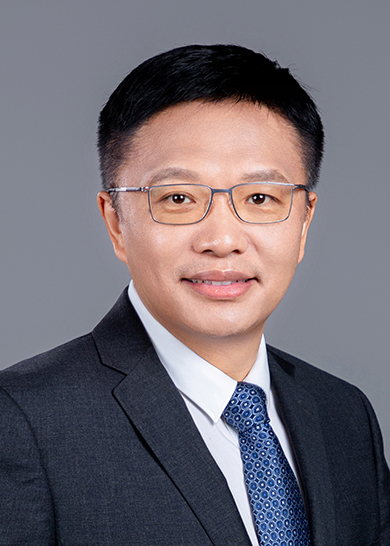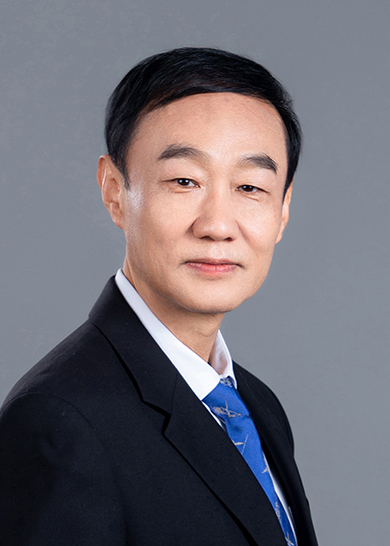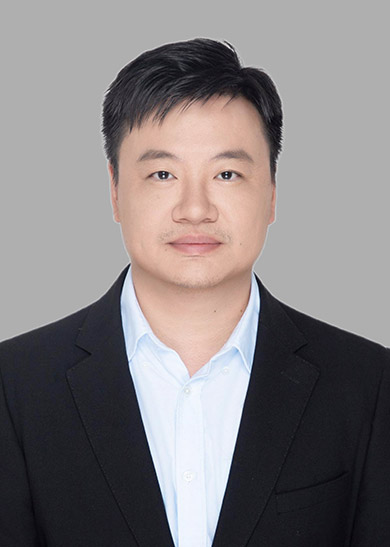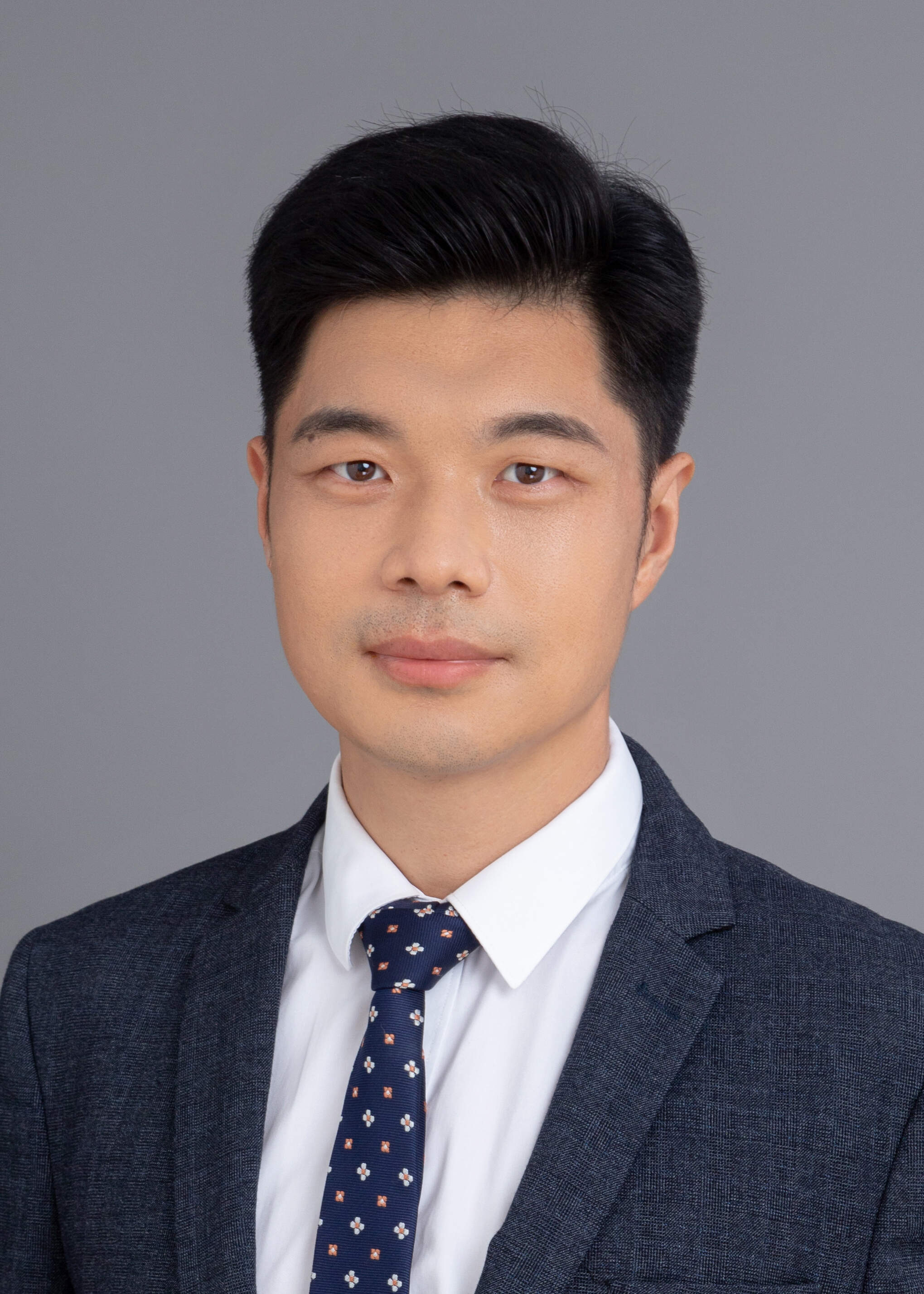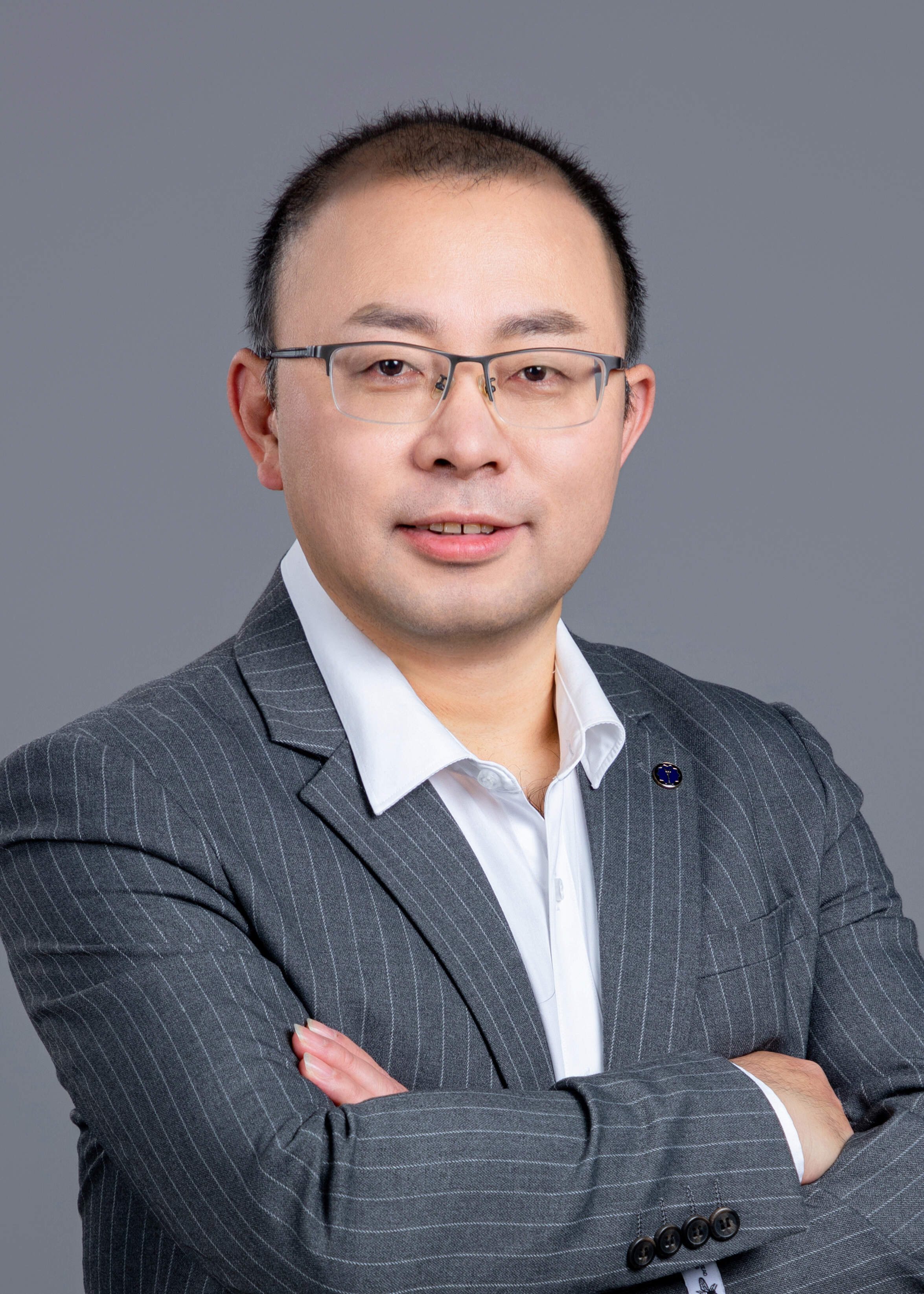
The China-New Zealand Joint Laboratory on Biomedicine and Health (hereinafter referred to as the Joint Laboratory) was jointly established by the Guangzhou Institutes of Biomedicine and Health, Chinese Academy of Sciences, and the Maurice Wilkins Centre (MWC) at the University of Auckland, New Zealand. It officially received approval from the Ministry of Science and Technology in August 2021. The Joint Laboratory focuses on frontier research in biomedicine and health, aiming to deepen and expand scientific and technological collaboration. By leveraging the innovative resources and expertise of both institutions, it seeks to enhance the supporting capabilities of research platforms, promote the transfer and commercialization of scientific achievements, and facilitate substantial breakthroughs from basic research to practical application. The laboratory also initiates new models for cultural and technological exchanges, facilitating talent exchanges and training between China and New Zealand.
The management of the joint laboratory is comprised one director and one executive deputy director from each side, with one or two deputy directors. The management committee is consisted of 5-6 members, typically including the laboratory director, executive deputy director, deputy directors, leaders in charge of international cooperation from both institutions, and heads of departments responsible for international collaboration. Additionally, the joint laboratory has an academic secretary and an administrative secretary. The current director of the joint laboratory is Prof. SUN Fei from China and Prof. David R Grattan from New Zealand. The executive deputy director is Prof. LI Peng from China and Dr. Peter Lai from New Zealand.
The initial members of the Joint Laboratory comprise teams that contributed to its early establishment and that have jointly applied for and received approval for national, provincial, and municipal projects alongside the MWC team in New Zealand. As an open platform, the joint laboratory will attract more young scientists to engage in collaborative research with New Zealand in areas such as large-scale scientific research facilities for human cell atlases, cryo-electron microscopy technology, and xenotransplantation.




